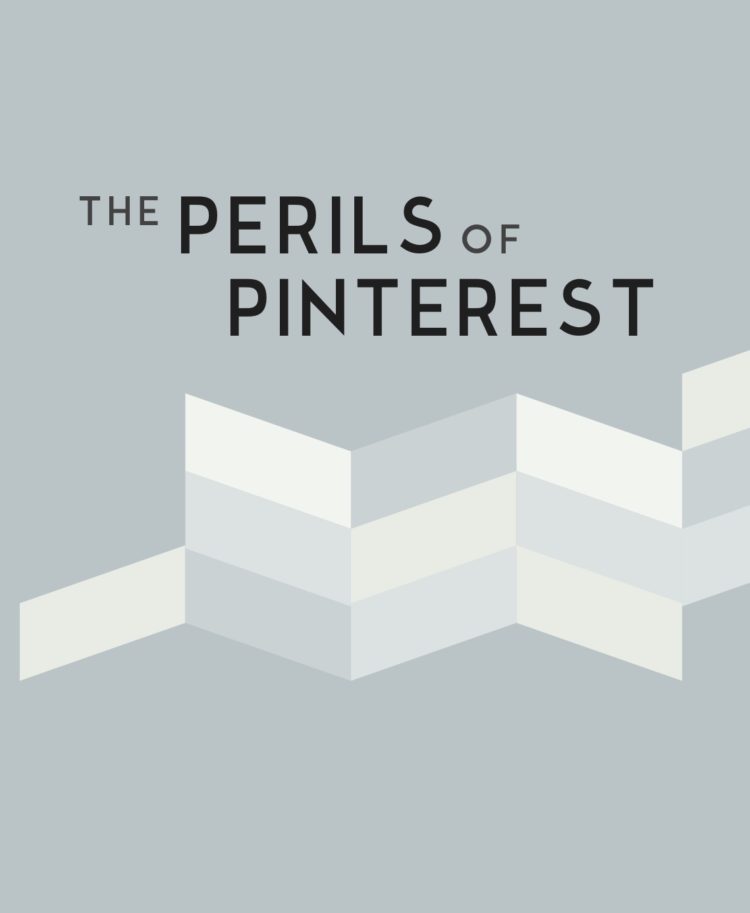
In honour of the book coming out in the US this week I thought I would run an edited extract from the chapter on How to Use Pinterest. This is something I am so often asked and so I have come up with a way to master it because, in my opinion, Pinterest is your frenemy.
It might fool you into thinking it’s helping you by being the best interior designer friend you never had, but just when you’ve come to rely on it for inspiration, it will betray you by showing you new pictures that are at odds with your instincts, and whisper seductively that you should change your plans.
It will build up your confidence only to shatter it just when you thought you’d created the perfect scheme, and it will leave you confused and nervous and wondering if you’ve done the right thing. There you are on a Saturday morning with a coffee, sitting in that little patch of sun, laptop open. You’re in visual heaven as you pin all the gorgeous images of sofas, rooms, walls. The odd pair of shoes sneaks in, a few recipe ideas and ooh look, a holiday destination! Four hours later, you’ve lost all sight of the scheme you thought you wanted and forgotten what you went in for.
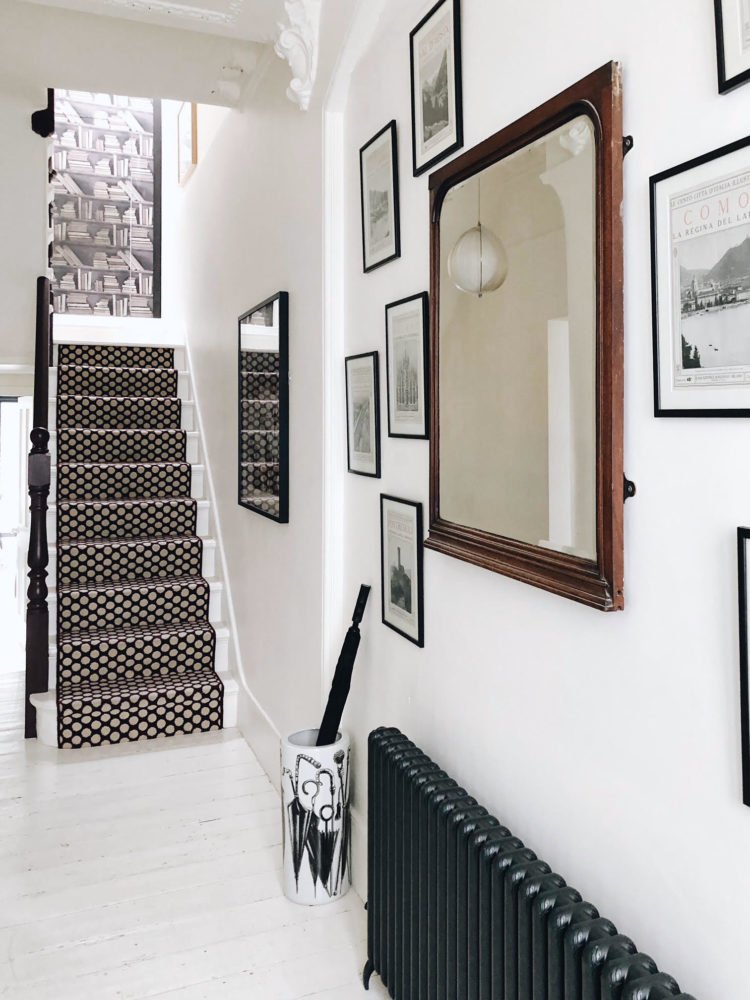
Sound familiar? I’ve lost count of the number of clients who have rung me up to say they have 647 pins on their kitchen board, but now have no idea if they should even be doing the kitchen before the sitting room, much less what colour and style they think they want.
If you’re going to have a successful relationship with Pinterest you need to show it who’s boss right from the start. Don’t let it be that girl in the changing room who persuades you to buy the dress in the wrong shape, size or colour when you instinctively know you’re making a mistake. I’m going to show you how to avoid falling into that trap when it comes to finding your home style inspiration. I can’t promise it will get rid of the girl in the changing room, but it might give you the confidence to listen to your instincts and ignore her.
Pinterest is a labyrinth, and you need to leave a trail of breadcrumbs to mark your path to the exit.
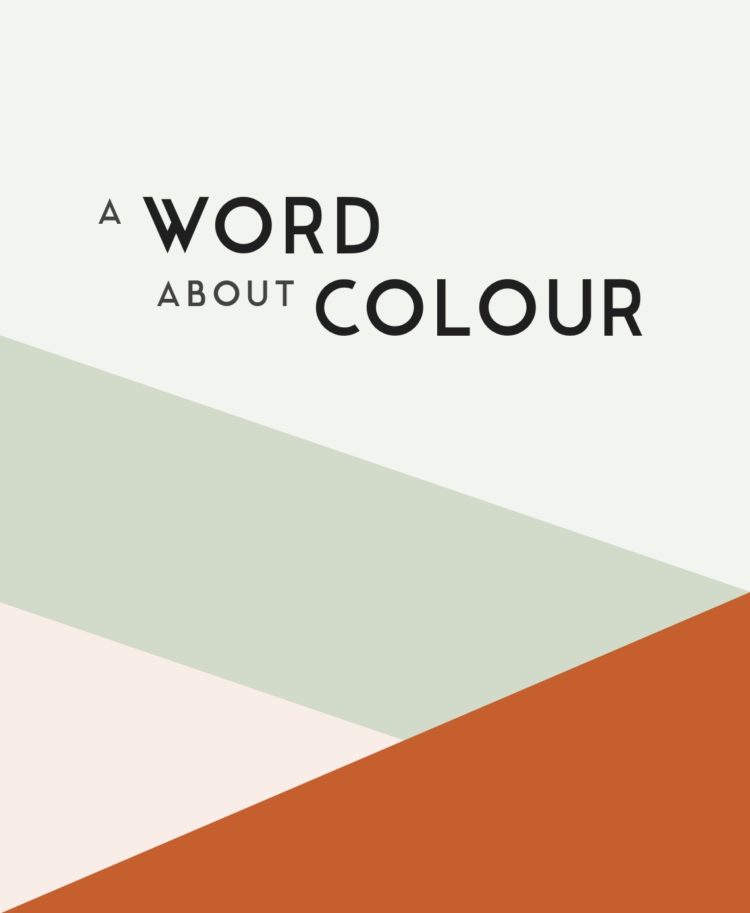
So here’s how to do it. First, get it out of your system: create three boards, give each one a name (let’s say A, B and C) and go. Run along the corridors of images, grabbing pictures you like from every room and sticking them on board A. Pin fast and loose and go with your gut. Run until that initial joyful sprint has slowed to a jog and from there to a steady walk. When you get that feeling that you’ve eaten an entire box of chocolates and just need to lie down for a while, stop.
Close the computer and go and do something completely different.
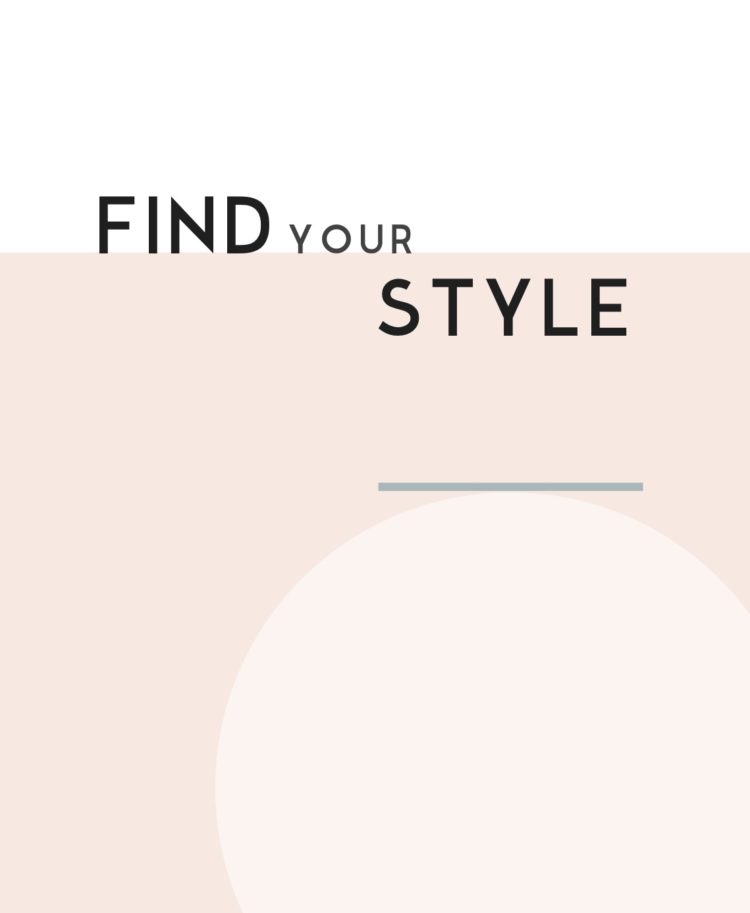
When you return, go back to board A but don’t add any more pins. Just let your eyes float over what you have in front of you. Scroll up and down – you don’t need to look at them in detail yet. With your fresh, rested eyes you will immediately notice that there is a uniformity of colour or a palette of two or three shades that keep re-appearing. There will also be some that jump out because they jar. Make a note of the dominant shades: they will be the basis of your new scheme. It might be the walls, it might be a piece of furniture, but either way, you’ve just found your starting point. Don’t worry about how you’re going to use it yet, we’re just window shopping at this stage.
Now it’s time to work on boards B and C. You need to go through all those images on board A and, for each one, ask yourself if you pinned it because it was well-styled and you liked looking at it, or if it contained something that could actually work in your house. I am constantly drawn to blush pink rooms that are filled with plants. I spent a weekend putting blush pink paint samples on the bedroom wall, and persuaded my husband that it was the right colour for us. But the reality was that I didn’t like any of them enough to live with. And you know something else? I have eight tops in various shades of blush pink: long sleeve, short sleeve, knitted and silk. I don’t wear any of them. They look gorgeous folded up on the shelf against the (eventual) mid- grey of my bedroom walls, but that is where they stay, pretty and folded. I should have taken my own advice and looked at my clothes before I bought the tester pots – and that for anyone who hasn’t bought the book (what – really?!) is a whole chapter.
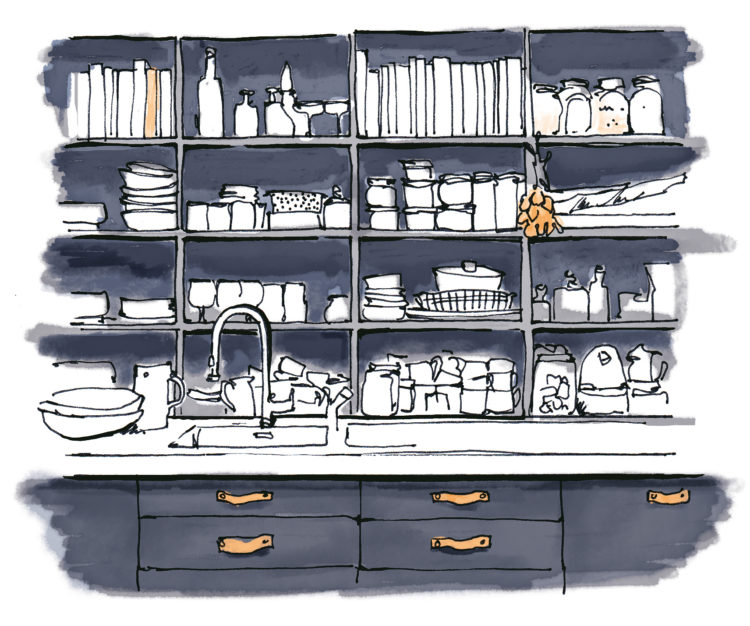
Be honest with yourself. Could something like that work in your house, or is it just lovely to look at? It’s no good pinning endless pictures of industrial warehouse conversions if you live in a modern semi or a small mansion flat. If you really do like it, but it won’t work in your house, move it to board B. This is for the fantasy houses, the rooms of your dreams.
So now you have two boards: one for everything that’s caught your eye, and one for your fantasy house – the wraparound veranda with swing seat, as opposed to your balcony overlooking the bins from the Chinese restaurant below. The homes that a lottery win and a job in another country might bring you. But for better or worse, the house that the builder and the mortgage broker let you have is the one we are dealing with here. So move anything that will actually work in your real house to board C – it’s where we pin the practical looks and ideas that will inspire and guide your interior renovation.
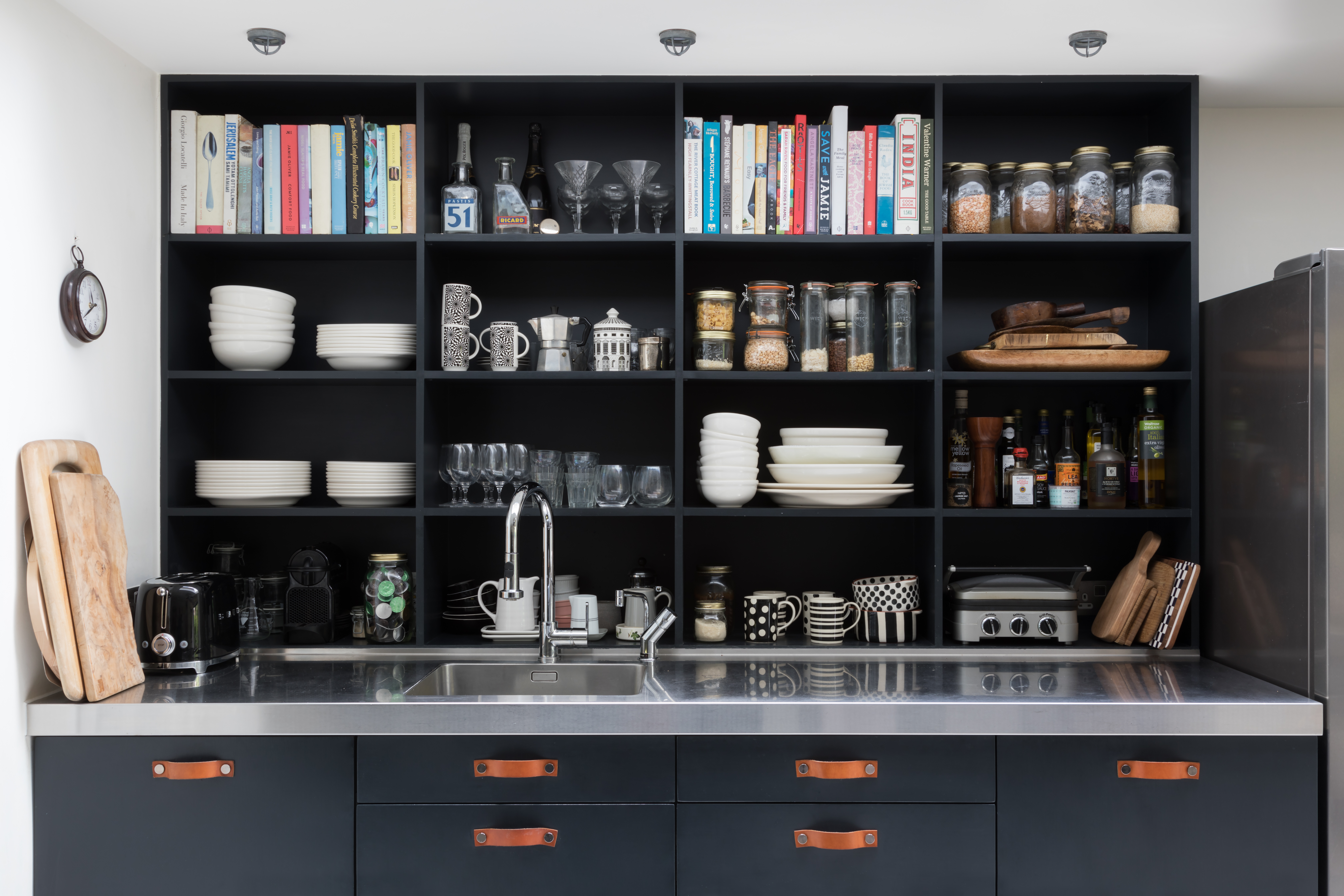
Once you’ve begun to separate fantasy from reality, you’re making progress. You are moving some pins from your first board to the fantasy board (B) and some to the reality board (C). Most importantly, you are beginning to build a collection of things on board C that could potentially work in your home – a sofa style, a bookshelf arrangement, a gallery wall – but you need to refine it still further.
Go through the images and ask yourself why you pinned them. Was it the colour of the walls? Was it the furniture? That particular chair or the lamp next to it? Start sifting through your pictures, work out the appeal of each one and label it very simply: chair, light, rug. It’s about the individual objects rather than the whole room; you won’t be able to copy the whole room exactly, and it has probably been styled and decluttered for the photograph, so it doesn’t represent real life.
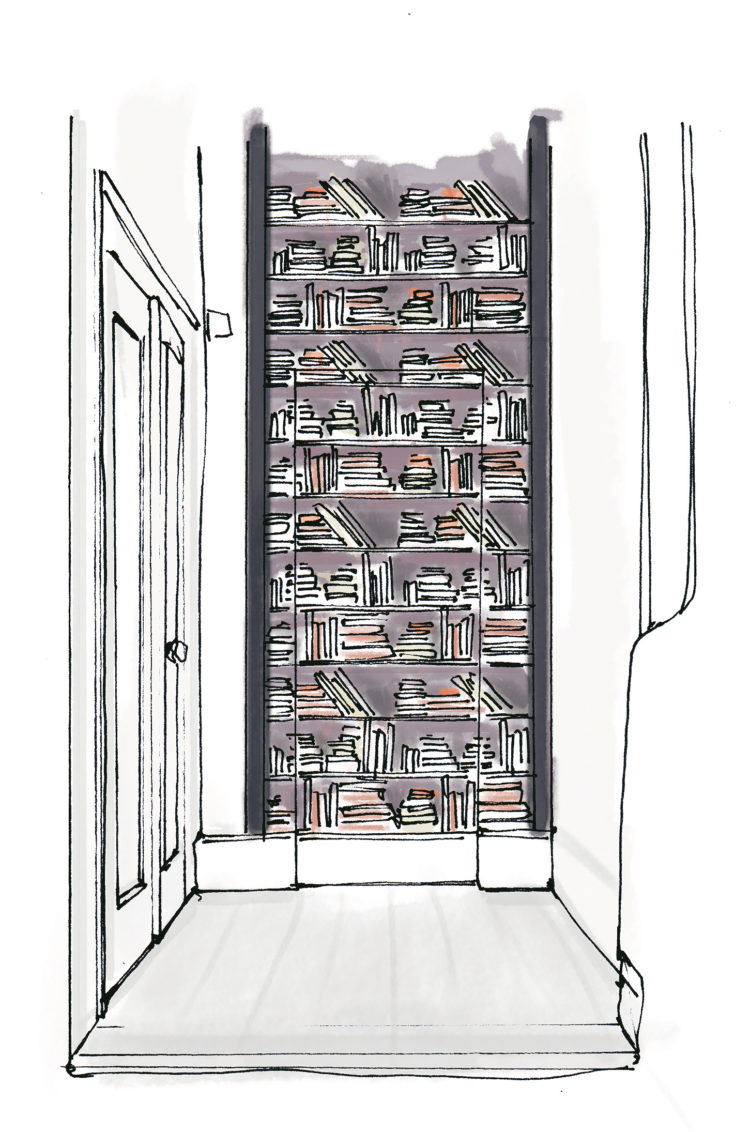 Once again, if you’re being honest with yourself, you’ll start to see a pattern emerge. Your fantasy board (B) is going to be looking pretty darn sexy by this point, and no doubt contains polished plaster walls, vintage chandeliers and Crittall windows overlooking the designer velvet sofa you saw in a magazine last week.
Once again, if you’re being honest with yourself, you’ll start to see a pattern emerge. Your fantasy board (B) is going to be looking pretty darn sexy by this point, and no doubt contains polished plaster walls, vintage chandeliers and Crittall windows overlooking the designer velvet sofa you saw in a magazine last week.

Back to the reality board (C). Keep going through the images and asking yourself: why do I want this? Where will I put it? Will it go with the rest of my house? If you do this part properly – and it’s worth taking a little time over it – you’ll end up with a board that’s both realistic and inspirational.
And now you can plan a trip to the shops with confidence because now you are in charge of Pinterest and you know how to make it work for you. And you have a plan for your room.
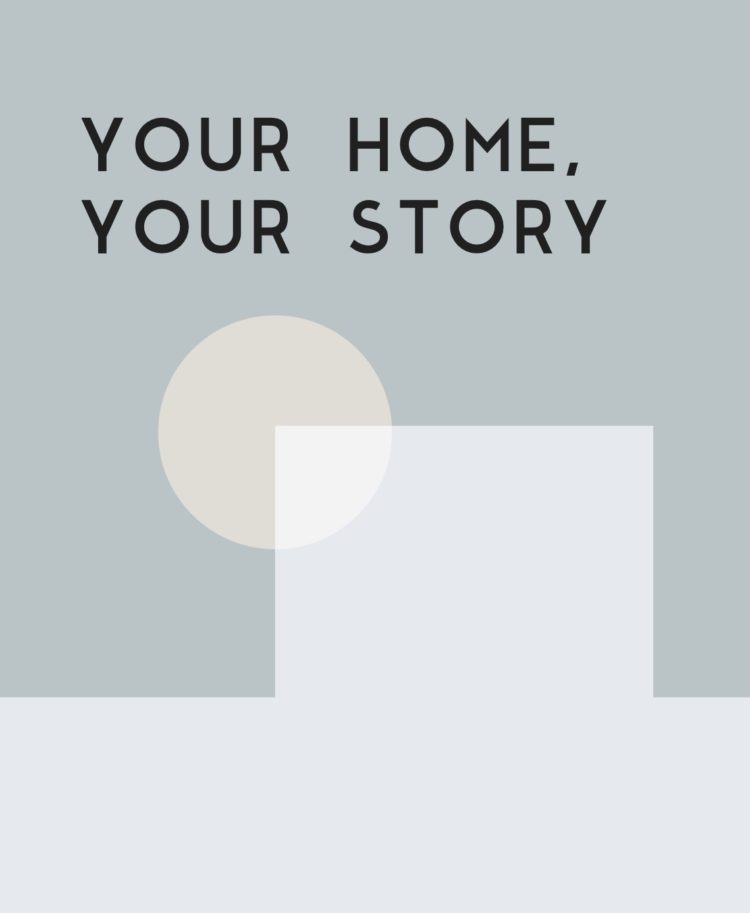

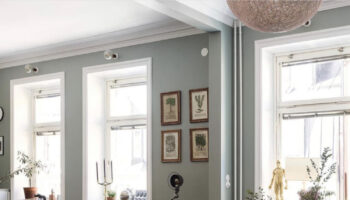
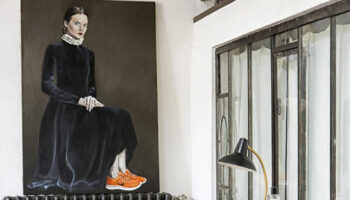
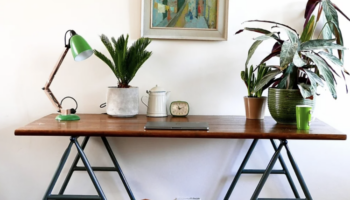
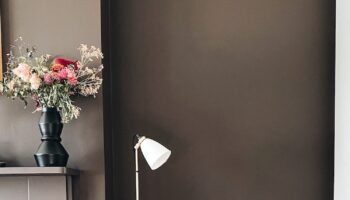
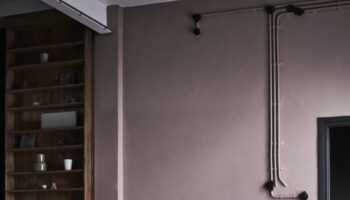
Amazing thing about Pinterest is that it showed me what I like. I only had to look back through my pins to see the common denominator. Now ofcourse seeing it in my house is a completely different thing.
You “pinned” the nail on the head, with that Pinterest description. it has been helping me decide and then changing my mind, ever since I bought my house. I LOVED this post. I’m going to try your tips. Thank you!
Pinterest to me is a huge playground and I have learned a lot about so many different subjects. If you treat it like a guide to some changes you want to do in any part of your life, I think that it’s a big mistake.